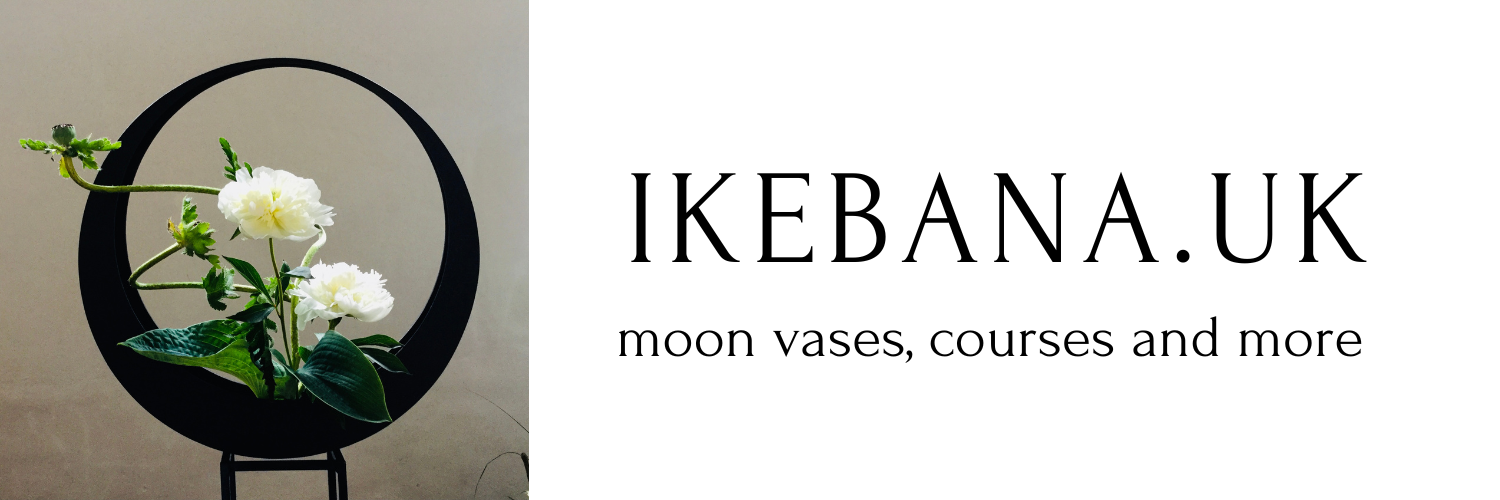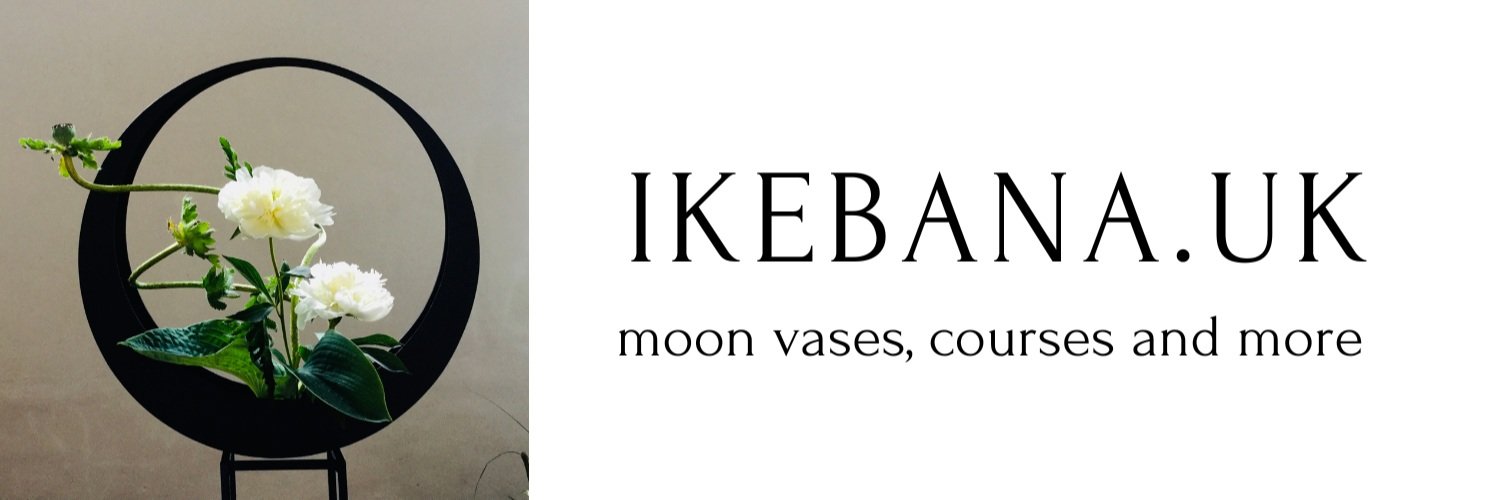My Ikebana story
By Diane Norman, Sub Grandmaster O’Hara School of Ikebana
My Ikebana journey started just over 40 years ago, I first saw and experienced Ikebana at a NAFAS flower club meeting. The demonstrator was a sub Grand Master of the Ohara School of Ikebana, Hilde Woodman. She learnt her skill from Houn Ohara, the third headmaster of the school.
She taught me for many years, she was generous with her knowledge and a great teacher.
Her garden was fabulous and contained all that you could ever need for Ikebana, it was in this garden that I learnt the art of cutting branches for Ikebana designs. Her husband John was a dedicated gardener and grew all things Japanese.
I worked hard and made my way up the many levels of the Japanese curriculum for the Ohara School until in the 1990s I started to teach myself. At this time I didn’t have a studio so I was teaching on the dining room table, I collected a lot of local students and I have never stopped teaching since except for during Covid. I am strict about the curriculum and teach the Japanese way.
I demonstrate for NAFAS and now I am also a National Teacher of Ikebana for NAFAS.
In October 2001 Hilde opened my first studio, a converted cowshed with amazing views.
I ran my classes from that studio for 20 years. Covid sadly closed it down for about three years and we have moved house now to West Sussex where I have a purpose-built studio attached to our house. We also left behind our amazing Ikebana garden of 4 acres and we are in the process of making a new Ikebana Garden but smaller, only half an acre.
Ikebana has given us so much. We have travelled to Japan many times and we have taken groups of students out to Tokyo for lessons and to enjoy the culture. We have gone in spring for the cherry blossoms and autumn for the red acers. We have travelled all over Japan from Hokkaido in the north, to the south of Honchu. We have made a solemn visit to Hiroshima; a place of pain and tragedy with a strange mix of hope and a joyful visit to the geisha in Kyoto. We have many close Japanese friends who look after us so well when we travel to Japan and they take us to special things we would never find on our own.
I now have many masters of my own and some of them are starting to teach, they all have Japanese flower names which stem from me, my teacher and from my teachers teacher, Houn Ohara.
Ikebana is never dull and always has something new to stimulate the mind. There is a multitude of designs to learn and there are superstitions and stories, fairy tales and culture all mixed in to make this wonderful and fascinating art form.
Introduction to Ikebana
Ikebana is an ancient art form stretching back to the year 600. It started from a time when gifts of flowers and plants materials were placed on the steps of the Buddhist temples in memory of departed souls. Initially they were just put in water by the priests and placed on the altars in the temples. From these simple beginnings came the schools of Ikebana.
Gradually the way the material was put in water became formalised and the meanings of flowers and plant materials began to emerge. With formalisation came the many schools of Ikebana with their different rules for learning, set designs and arrangements.
The word Ikebana means living flower, so this is a transitory art form. The discipline in the arrangements captures the true beauty of nature and includes the philosophy of life.
There are many schools in Japan today from the very small to the very large. There are however three main schools, known as the big three.
One is called Ikenobo which is the oldest school stretching right back to the 15th century and founded by a monk called Ikenobo Senno.
Ohara ( my school) which started in the 1890s by a man called Unshin Ohara (1861 - 1916). He created the Moribana design, an arrangement which for the first time was in a shallow container and the Kenzan was opened up to form three-dimensional arrangements suitable for colour scheme arrangements and landscapes.
The third school of the three is the more modern Sogetsu school, formed in the 1930s and founded by Sofu Teshigahara. He said from formality comes freedom, that means first you must learn the rules and then you can break them.
Many unqualified people say they do Ikebana “in their own way”… truly there is no such thing. Ikebana is an art form that requires the discipline to learn the rules and the traditions and then you can say that you do Ikebana.






